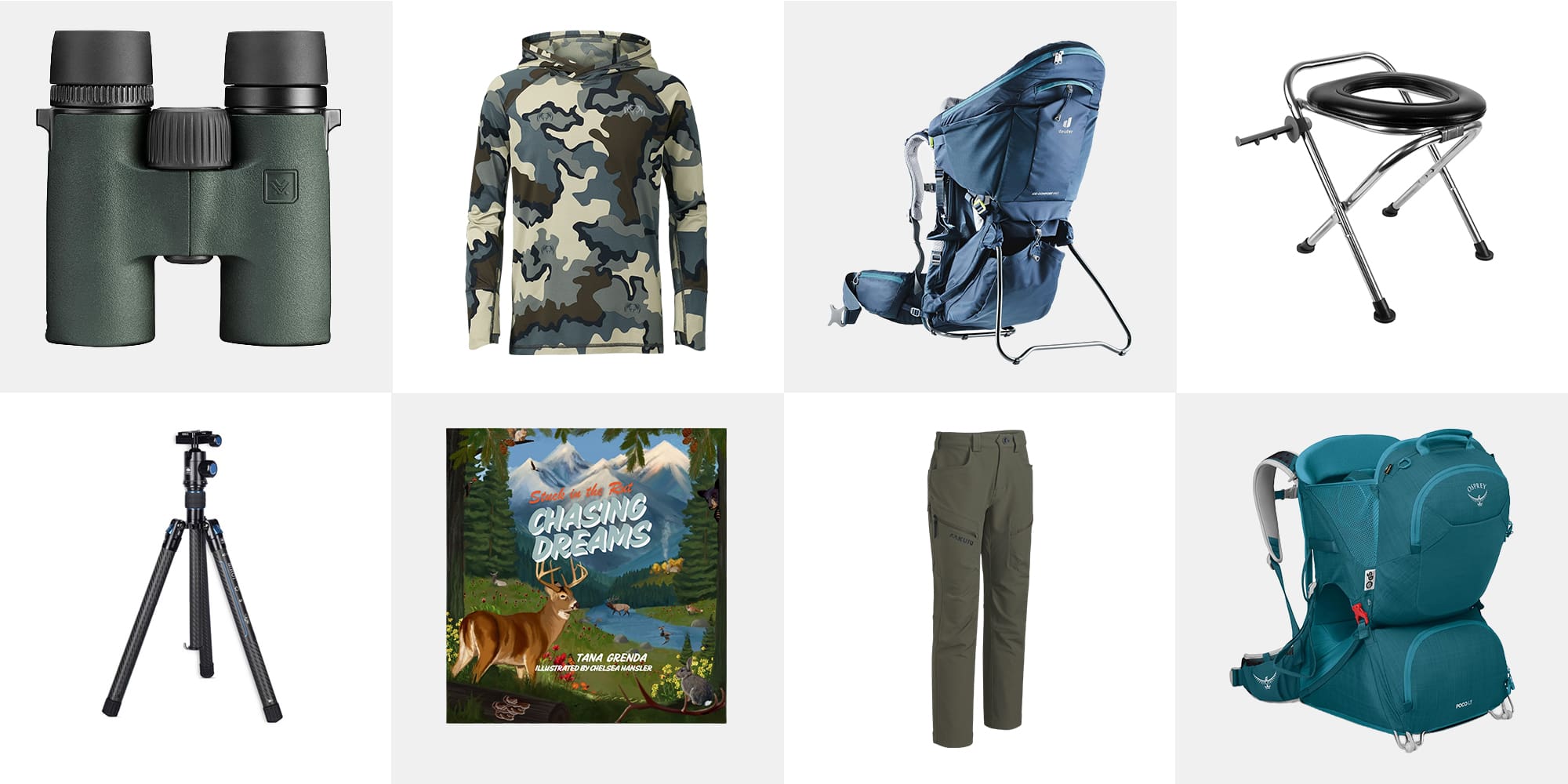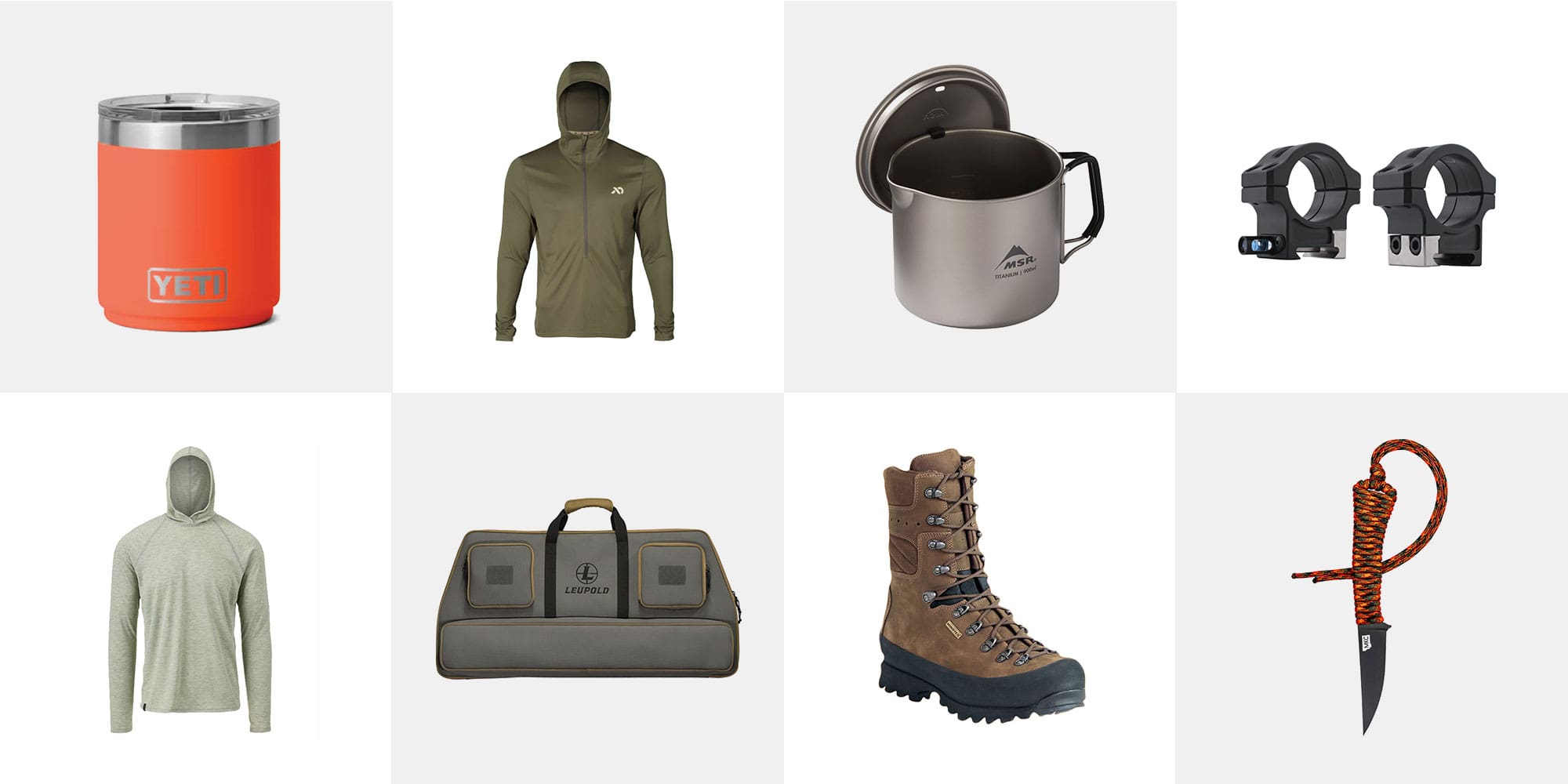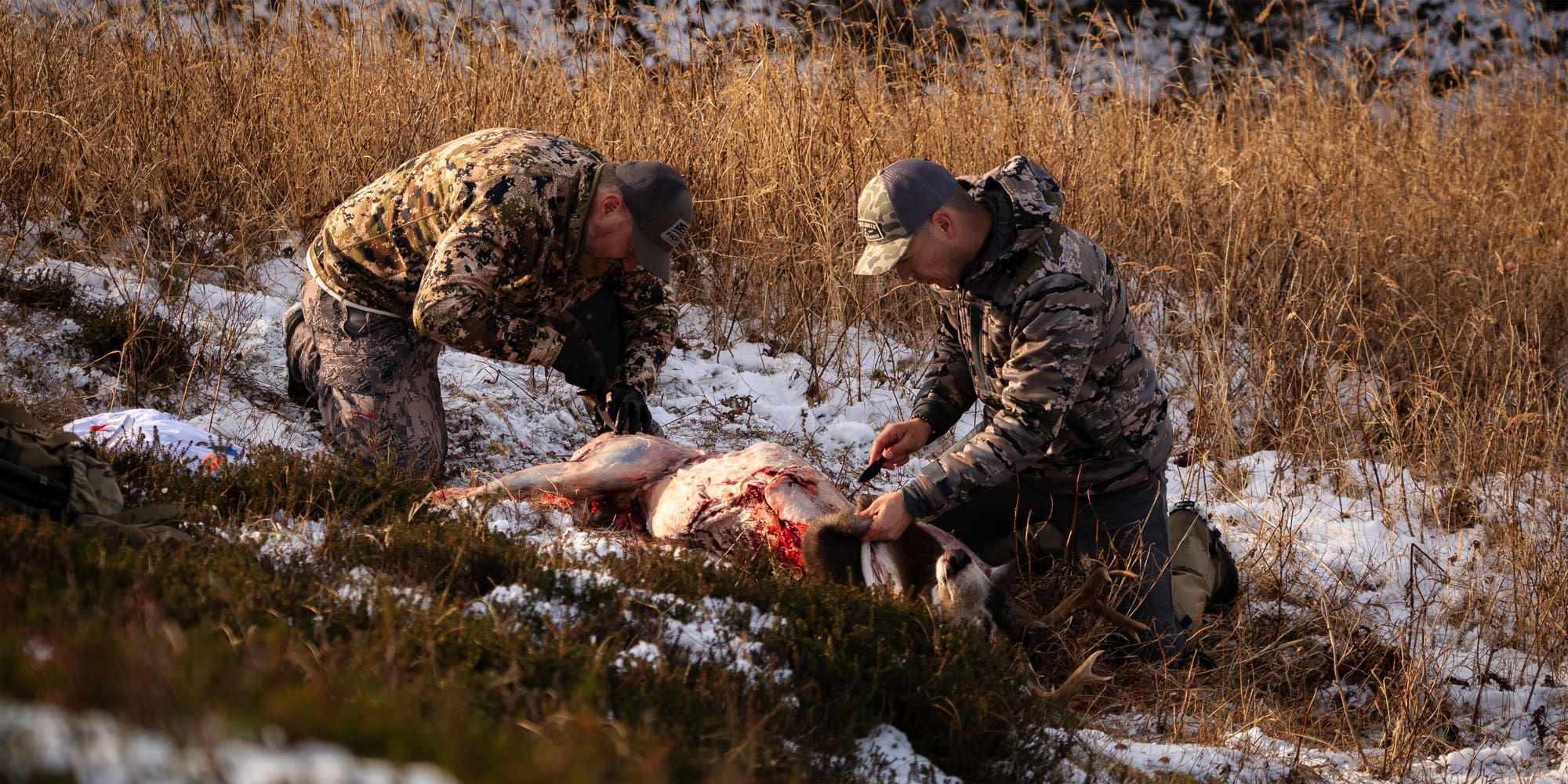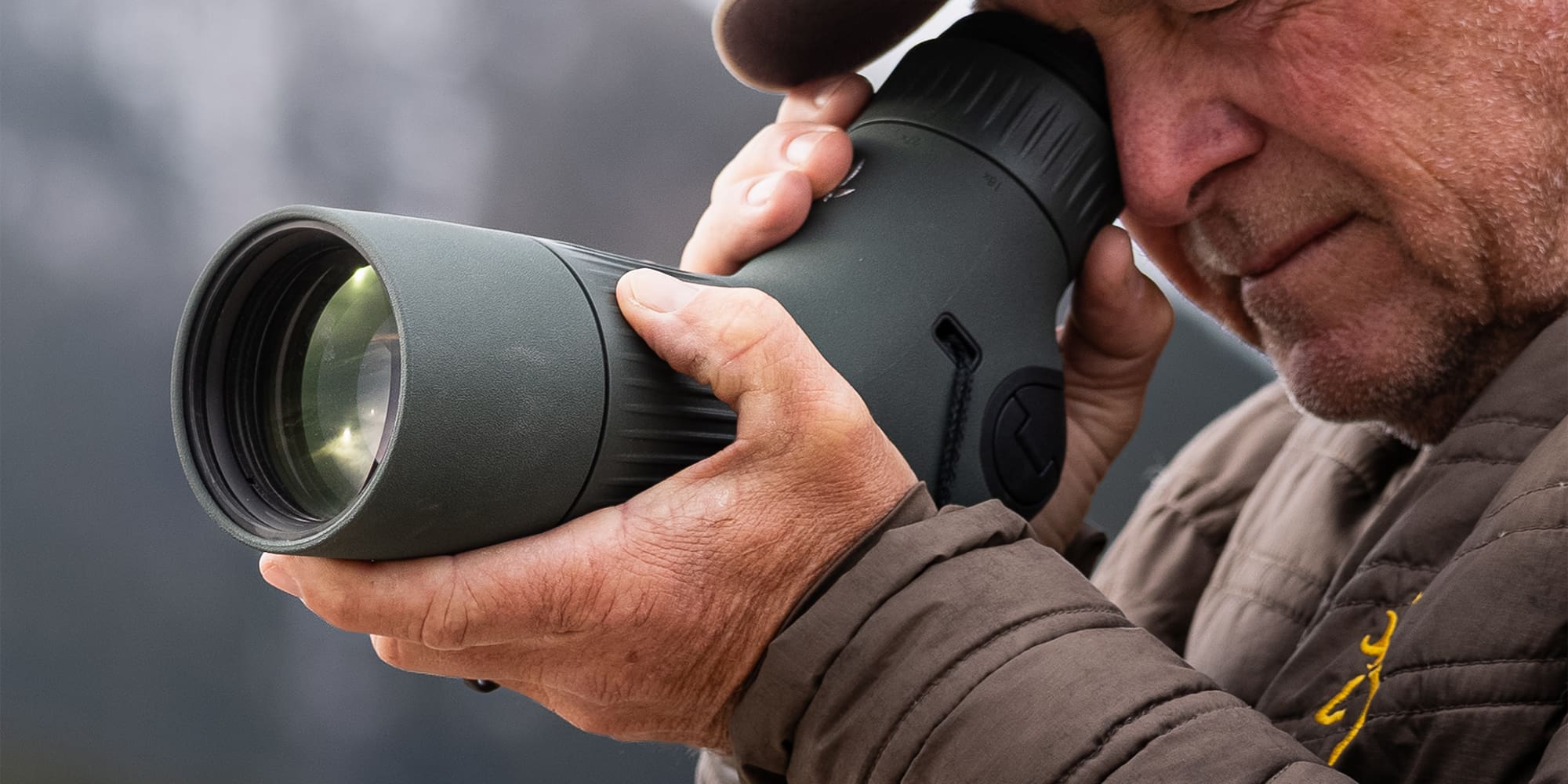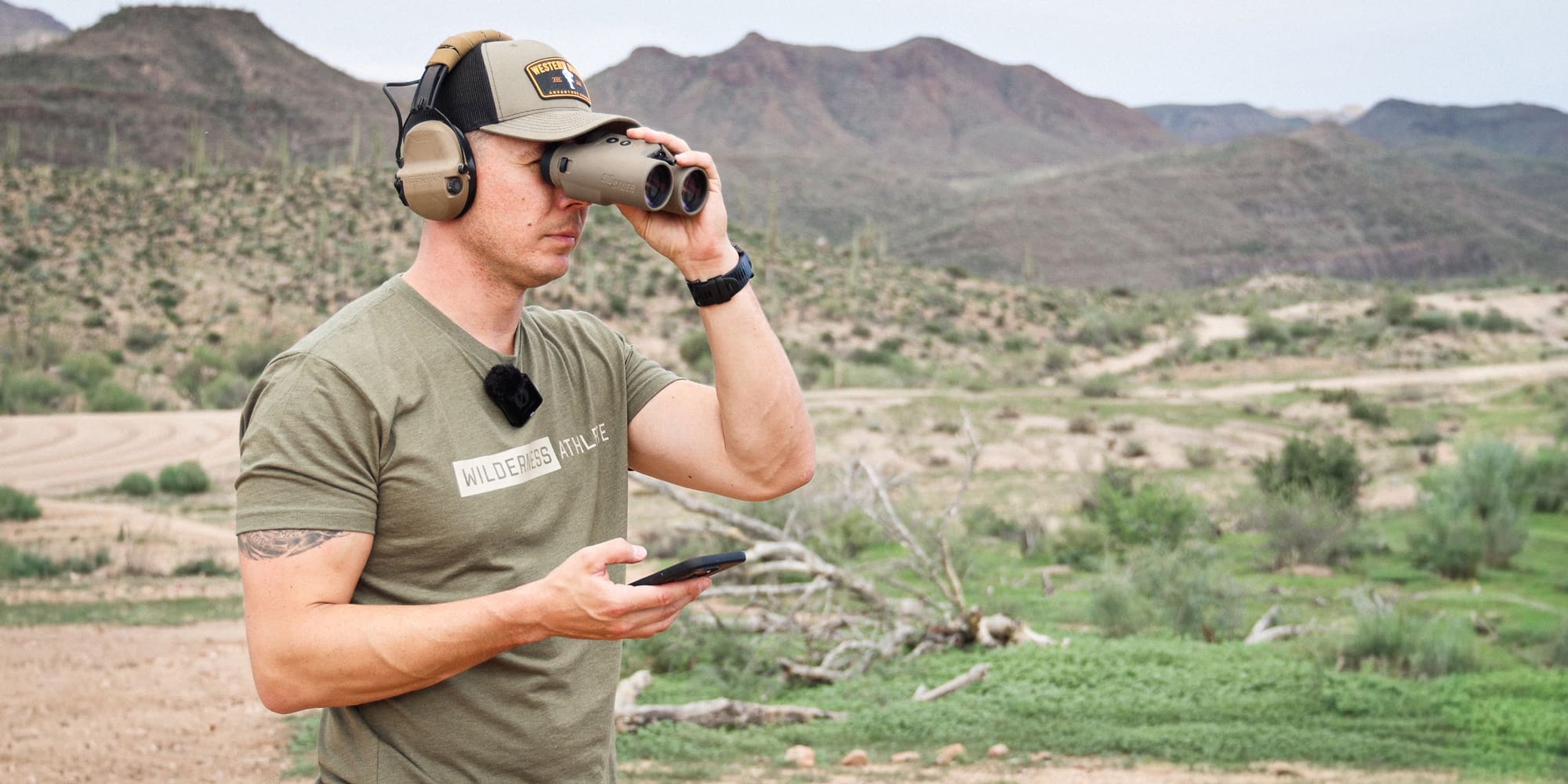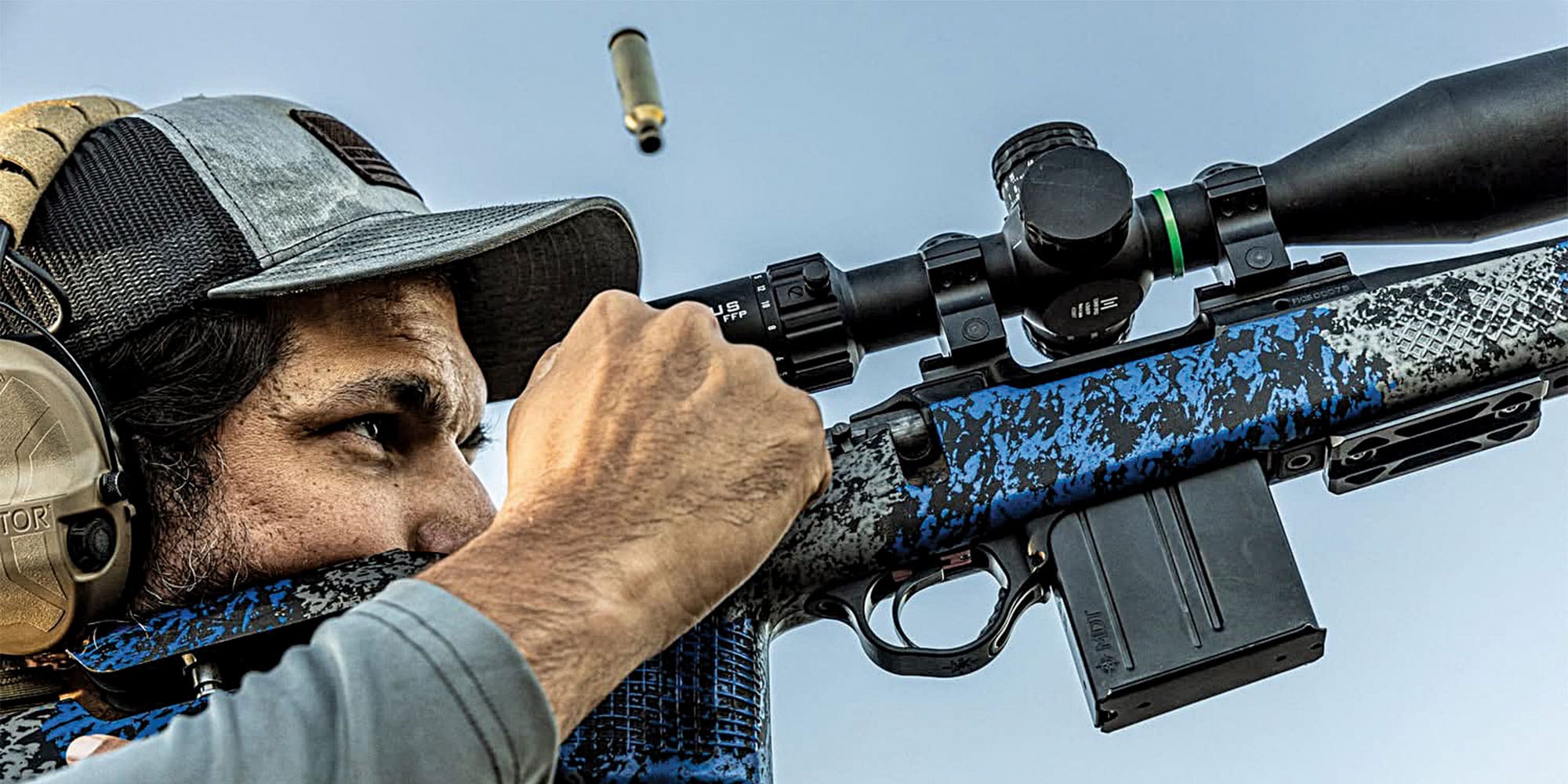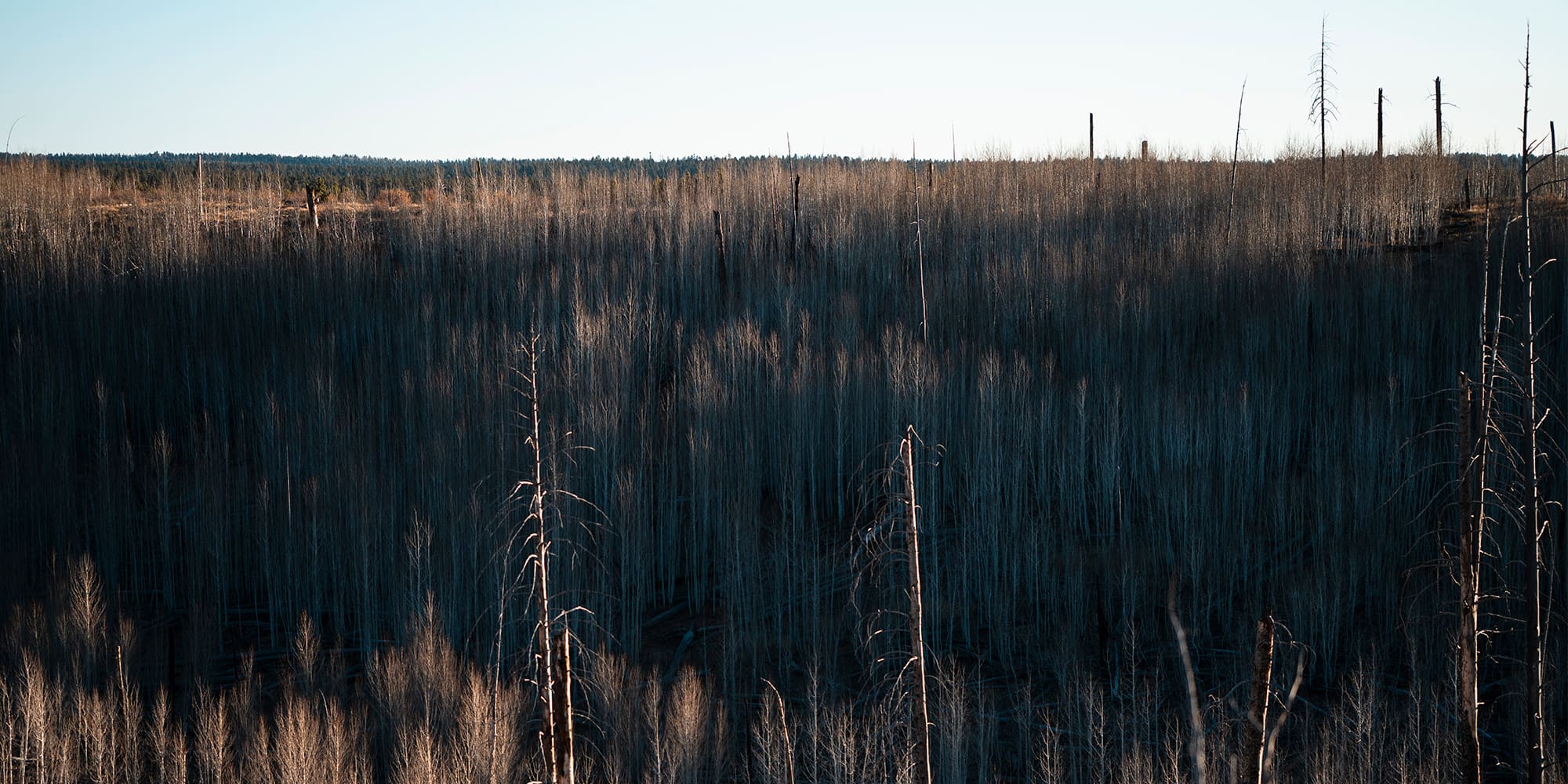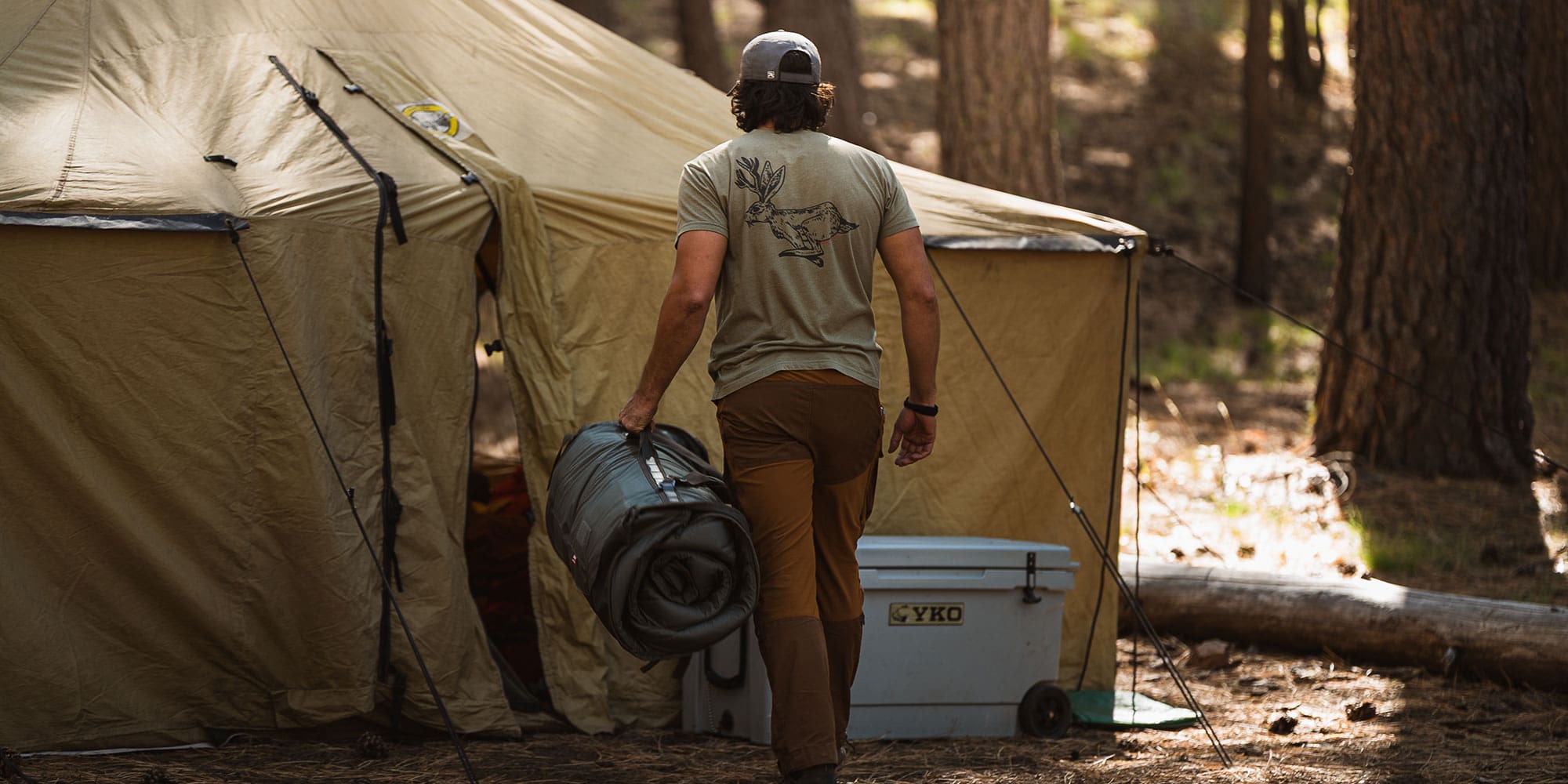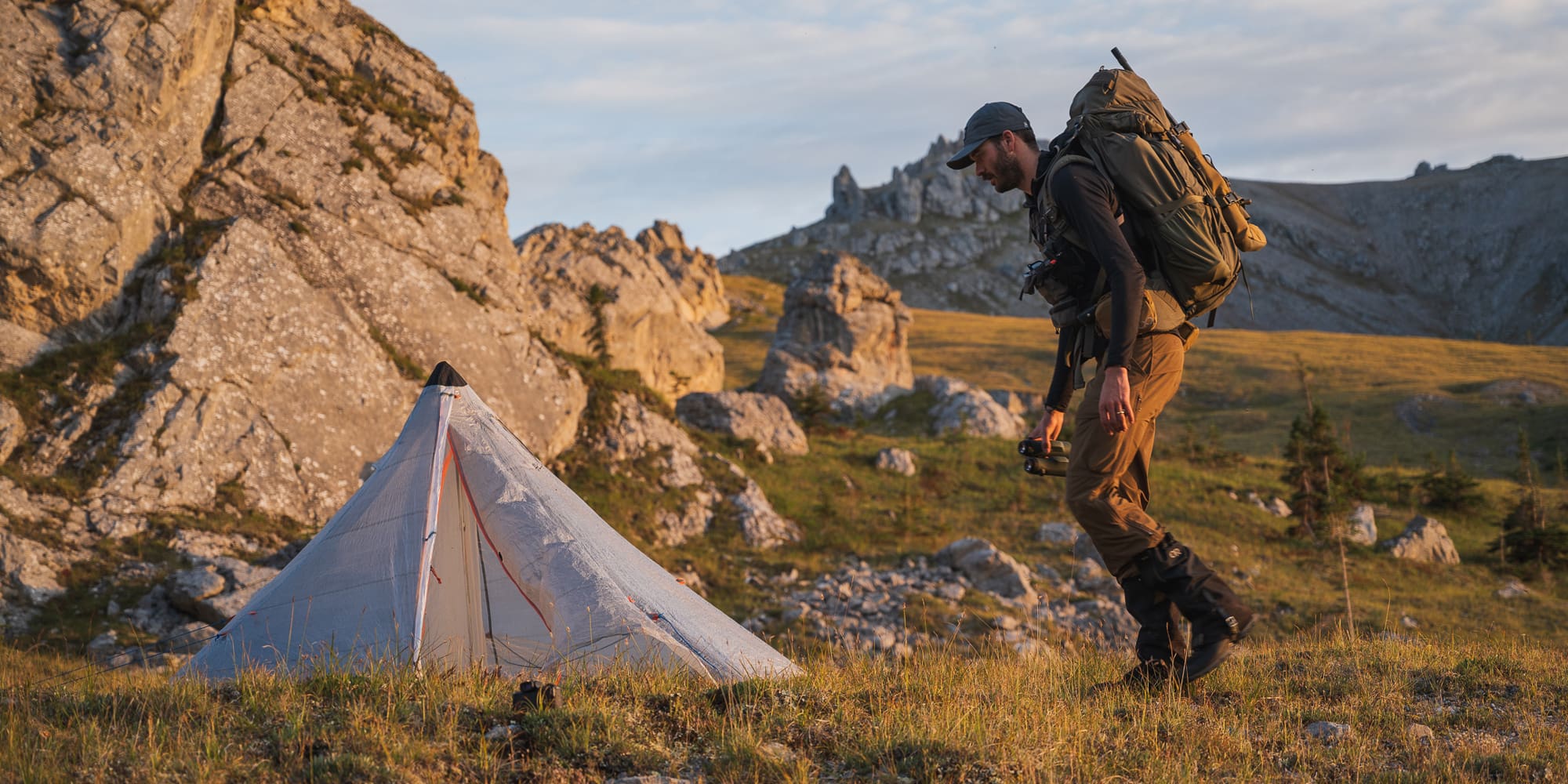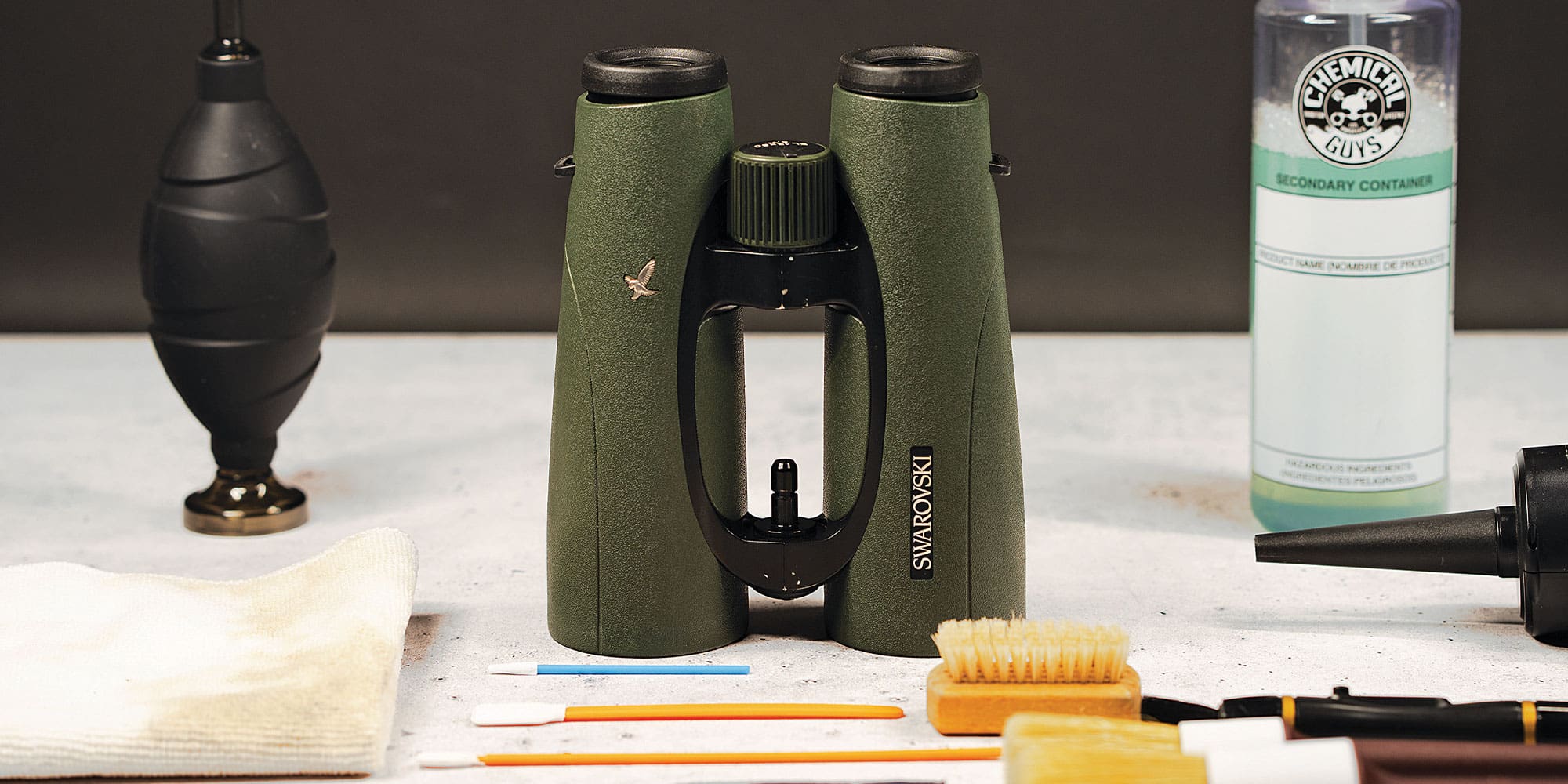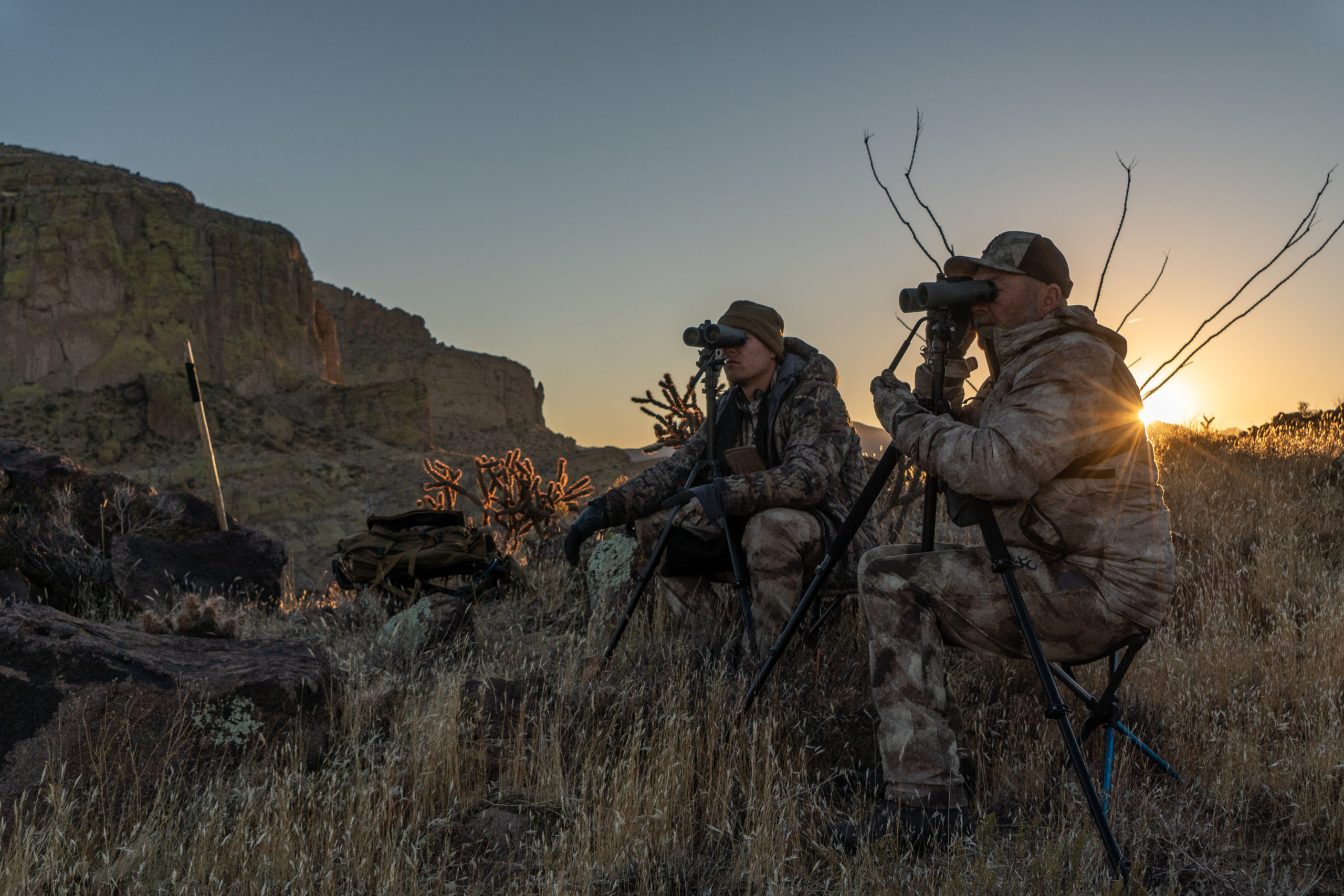
NOTICE: Certain links on this post may earn a commission for Western Hunter Magazine from Amazon or our other affiliate partners when you make a purchase. Thank you for your support.
Tripod Buyers Guide
Not all tripod legs are created equal - for good reason. There are three crucial criteria to consider when purchasing a set of tripod legs: 1) purpose, 2) use, and 3) requirements. Obviously, for the Western hunter, the primary purpose of the tripod is glassing for big game. That said, it may also have a secondary purpose, photography or videography for example. The use of the tripod may vary as well. First, it will likely be topped with various optics, from lightweight binoculars to heavy spotting scopes. It may be used to glass from a vantage point that can be accessed by vehicle or it may only be used in the backcountry exclusively. Therefore, every individual will have a specific set of requirements or specifications.
Here are a few guidelines to follow to select the best set of tripod legs for you, and to make you as productive as possible in the field.
Maximum Payload
Unfortunately, there isn’t a universal standard for this measurement. That said, it’s safe to assume that the heavier the payload, the more stable its platform will need to be. A general rule to apply is selecting a maximum payload of three times more than the heaviest payload to be used. This will ensure that any vibration caused by the payload weight will be minimized. Vibrations will be more noticeable when using heavy, long optics and video equipment. Note: the tripod head is also part of the maximum payload.
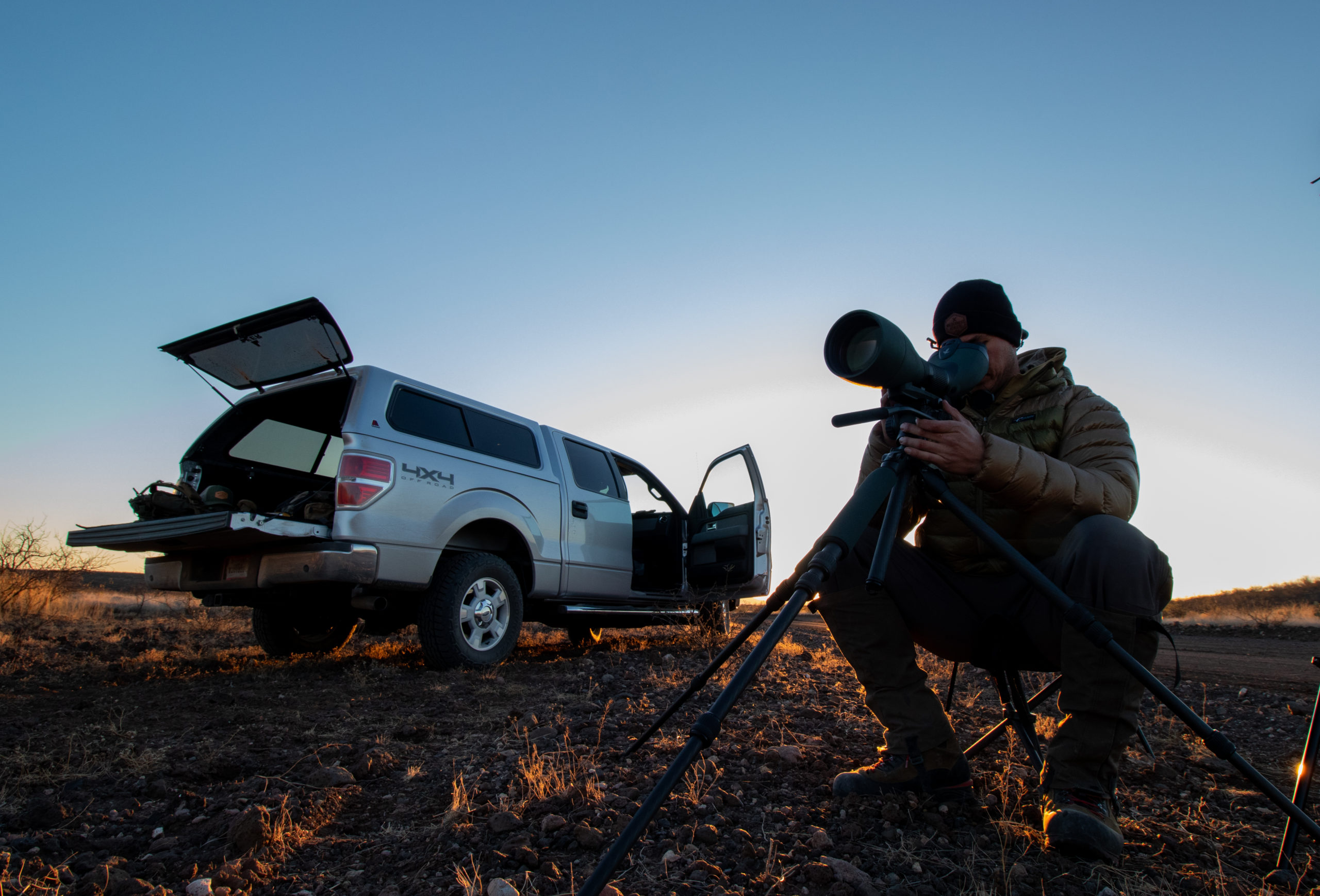
Weight
It might seem simple that lighter is better, but that’s not always the case. Weight can help with stabilization in windy conditions and when the tripod is set in precarious situations (e.g., in rocks or with the independent legs in multiple positions and lengths). For most purposes, a range of 38–48 oz. will provide enough support, especially when using binoculars only. For those looking to minimize weight for backpacking into remote locations, under 40 oz. is a general guideline. For video tripod heads and quality video, over 50 oz. is best.
Material
In today’s market, there are basically two choices: aluminum or carbon fiber. Aluminum is less expensive than carbon fiber. However, aluminum is more susceptible to corrosion and noisier when contacted with other items. Carbon fiber offers a higher strength-to-weight ratio; thus, a comparable carbon-fiber tripod will be lighter than an aluminum one. The downside to carbon fiber is that it’s more expensive.
Maximum Height
The overall height requirement of a tripod is set by the height of the user whether or not you want to stand while glassing. In some terrain and topography, the need to glass while standing may be a necessity. Having a tripod that extends high enough to match the height of the eyes comfortably will allow glassing for extended periods.
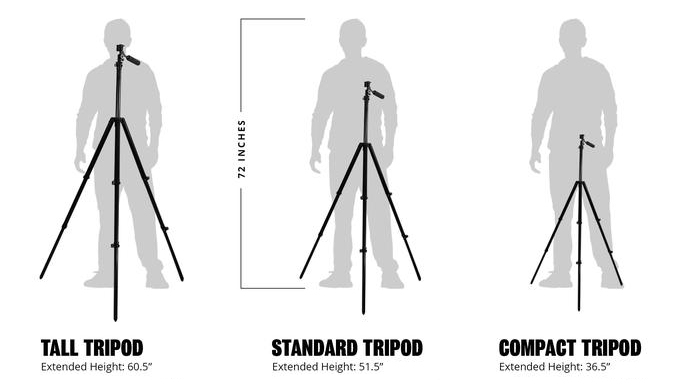
Closed Length
How compact a tripod needs to collapse will depend on how it is going to be transported. The shorter it collapses, the easier it will be to pack inside or alongside a backpack. Some hunters prefer to attach the tripod to the back of the backpack and may even use the rifle/bow holding device to do so. In that case, a shorter tripod may not be necessary.
Leg Locks
There are two basic types: twist lock and lever lock. Twist locks operate by turning one direction to loosen and the opposite direction to tighten. The downside is, if they malfunction in the field, there isn’t much that can be done to repair them. Lever lock requires a lever to be flipped to loosen and flipped back to tighten. Lever locks are typically faster/easier to operate.
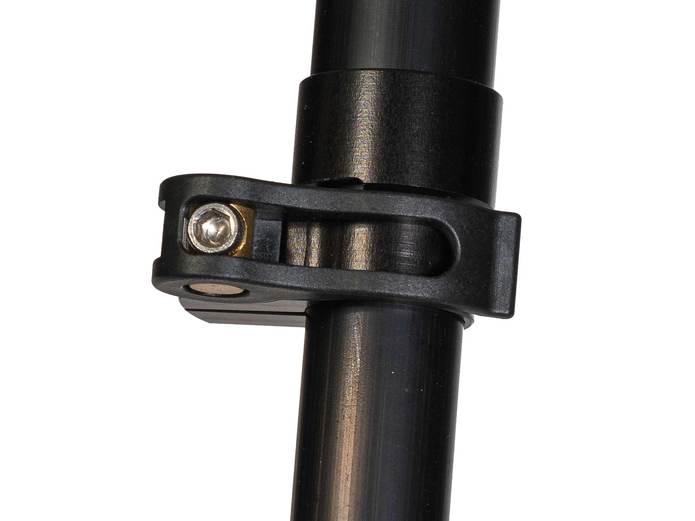
Leg Sections
Generally speaking, a three-leg-section tripod is more stable than a four-leg-section one. For example, when both are fully extended, the last section of the four-section tripod is a smaller diameter; thus, less stable. Of course, this is dependent on the tube size of the legs.
In contrast, since each section of a four-section tripod is shorter, when closed the overall length will also be shorter; although the two may reach approximately the same maximum height.


